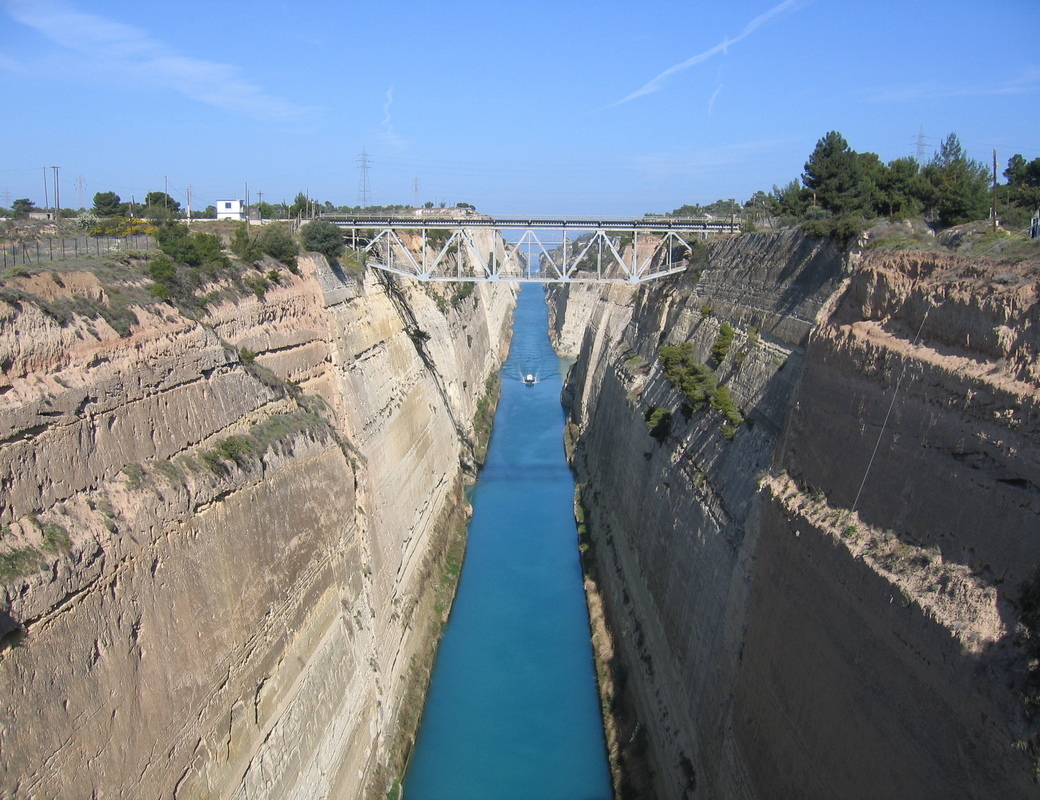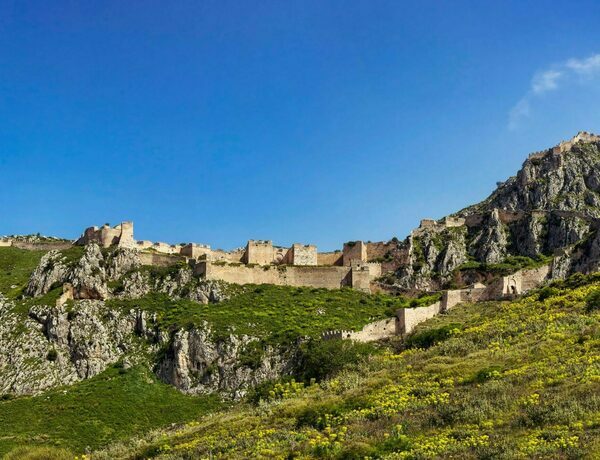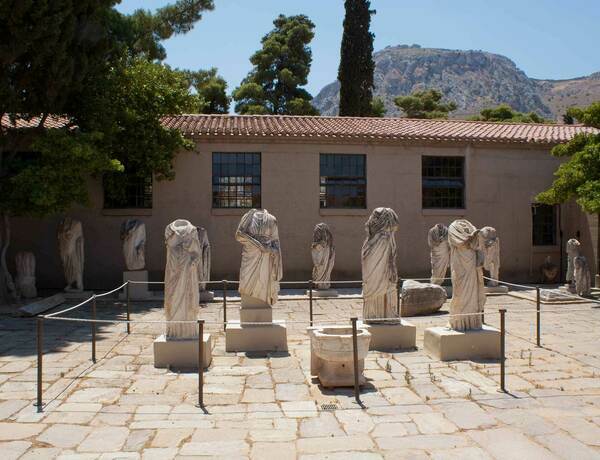
Posted by Filippos Fragkogiannis
The Corinth Canal is a man-made waterway located in Greece that connects the Gulf of Corinth in the Ionian Sea with the Saronic Gulf in the Aegean Sea. It cuts through the narrow isthmus that separates the Peloponnese peninsula from the rest of Greece, and is approximately 6.4 kilometers long.
The idea for the Corinth Canal dates back to ancient times, when various rulers and engineers proposed the construction of a canal to allow ships to avoid the long and treacherous journey around the Peloponnese peninsula. However, it was not until the late 19th century that the canal was actually built.
Construction of the Corinth Canal began in 1881, and was completed in 1893. The canal is approximately 23 meters wide at the surface and 8 meters deep, and can accommodate ships up to 21 meters wide and 5.5 meters draft. It is a popular destination for tourists, who can watch ships passing through the narrow canal from the safety of the bridge or from boats that offer tours of the canal.
The Corinth Canal is also an important transportation route for commercial ships, as it significantly reduces the travel time between the Ionian and Aegean seas. However, its narrow size and steep cliffs make it challenging to navigate, and it is not always accessible to larger vessels.
Overall, the Corinth Canal is an impressive engineering feat and an important transportation and tourist attraction in Greece.



